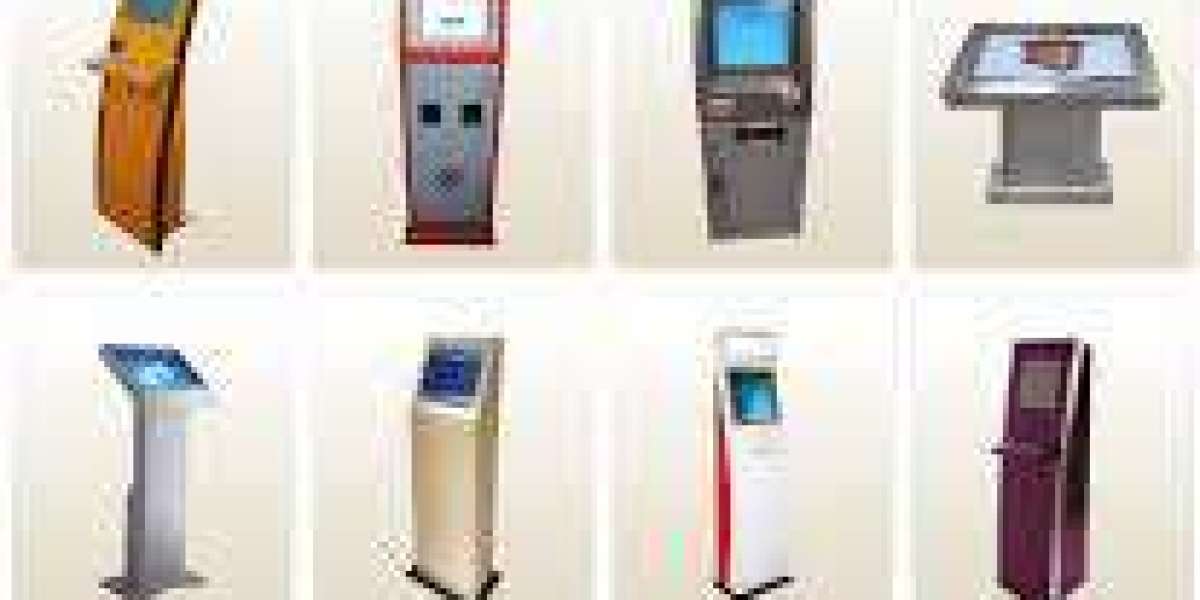In today's fast-paced world, convenience is key. People are constantly looking for quicker and more efficient ways to complete everyday tasks, like paying bills. Enter the bill payment kiosk — a modern solution that has revolutionized the way consumers handle financial transactions.
What is a Bill Payment Kiosk?
A bill payment kiosk is a self-service machine that allows users to pay bills quickly and easily without the need for a cashier or a bank teller. These kiosks are typically found in high-traffic areas such as grocery stores, shopping malls, utility offices, and transit stations, providing a convenient location for customers to manage their financial obligations.
How Do Bill Payment Kiosks Work?
Bill payment kiosks are user-friendly and designed to handle a variety of transactions. Here’s a general breakdown of how they work:
- Select Service: The user begins by selecting the type of service they wish to pay for, such as utility bills, phone bills, credit card payments, or even government fees.
- Enter Account Information: The user inputs their account information, which is typically found on their bill statement. Some kiosks have scanning capabilities, allowing for even quicker entry of information.
- Choose Payment Method: The user can select from multiple payment options including cash, credit/debit cards, or electronic checks.
- Confirm Payment: The user reviews the transaction details on the screen to ensure all information is correct.
- Receipt Generation: After the payment is processed, the kiosk prints a receipt for the transaction, providing a record for the user.
Benefits of Using Bill Payment Kiosks
Bill payment kiosks offer several benefits that make them a valuable addition to any community:
- Convenience: With extended hours and locations in easily accessible places, bill payment kiosks offer a convenient option for users who may not be able to visit a bank or service office during regular business hours.
- Speed: Transactions at a bill payment kiosk are typically much faster than waiting in line at a bank or customer service counter. This efficiency is especially useful for customers who have busy schedules.
- Reduced Costs: For businesses, installing bill payment kiosks can reduce the need for customer service representatives, lowering operational costs. For customers, using a kiosk can often eliminate service fees that might be incurred when paying over the phone or in person.
- 24/7 Availability: Unlike traditional payment methods that may be restricted to business hours, many bill payment kiosks are available 24/7, making them ideal for people who need to make a payment outside of regular hours.
- Multilingual Support: To cater to diverse communities, many bill payment kiosks offer multilingual support, helping non-English speakers navigate their transactions with ease.
Industries That Benefit from Bill Payment Kiosks
Bill payment kiosks are not limited to one type of industry; they are versatile tools that can be used across various sectors. Here are a few examples:
- Utilities: Electric, water, and gas companies use kiosks to allow customers to pay their utility bills without the need to visit a customer service center.
- Telecommunications: Mobile and internet service providers use kiosks to offer customers a quick and easy way to pay their monthly bills.
- Government Services: Local and state governments utilize kiosks for payments such as parking tickets, property taxes, and license renewals.
- Financial Institutions: Banks and credit unions offer kiosks to provide their customers with a self-service option for loan payments, credit card payments, and other financial transactions.
Future of Bill Payment Kiosks
The demand for bill payment kiosks is expected to grow as consumers continue to prioritize convenience and speed. With advancements in technology, we can anticipate kiosks becoming even more sophisticated, offering features like biometric verification, real-time support, and integration with mobile apps for an even more seamless experience.
Businesses across all sectors should consider implementing bill payment kiosks to enhance customer satisfaction and streamline their operations. As we move further into the digital age, these kiosks represent a perfect blend of technology and service, meeting the needs of today’s fast-paced, on-the-go consumers.
Conclusion
Bill payment kiosks are transforming the way people handle their financial obligations, offering a convenient, efficient, and secure way to pay bills. Whether it's a busy professional needing to pay a utility bill or a senior citizen looking for a user-friendly way to manage their finances, these kiosks provide a valuable service to communities everywhere. As they become more widespread and technologically advanced, bill payment kiosks are sure to become a staple in our daily lives.
By adopting this technology, businesses can not only reduce operational costs but also provide an enhanced customer experience, ensuring that everyone has easy access to the services they need.



